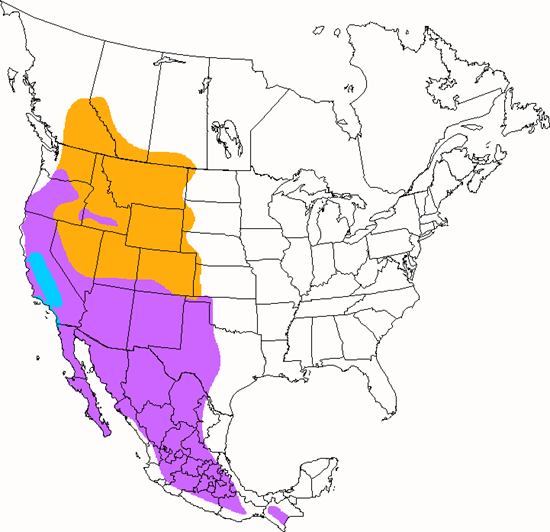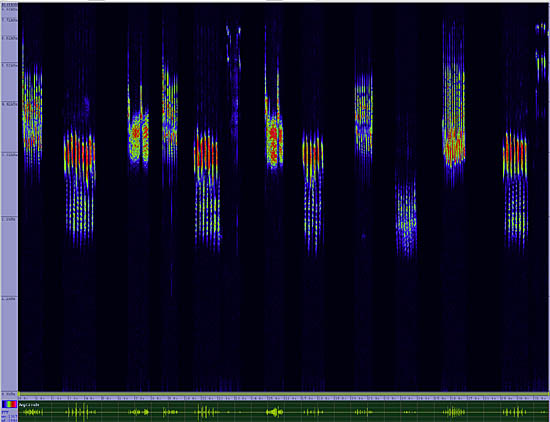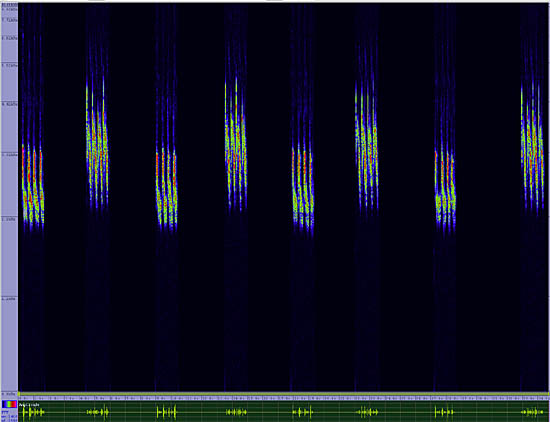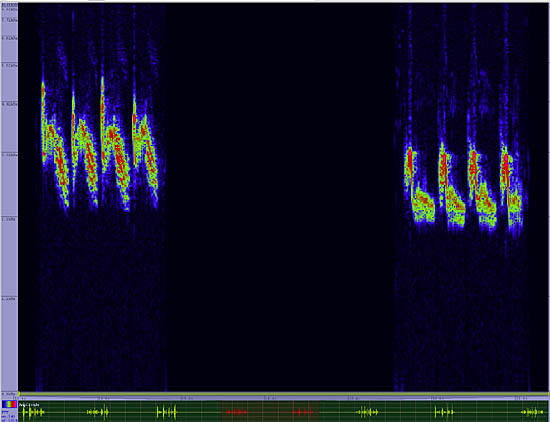Rock Wren
Salpinctes obsoletus

Perching
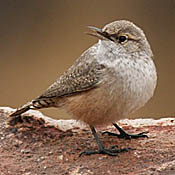
Length: 6 in. (15 cm )
This wren occurs on arid hillside with boulders, canyons and cliff faces. Its nest is in a hole or niche among rocks. Food is principally insects and other small invertebrates gleaned from the base of rocks and low vegetation. A single male can sing more than 100 recognizable song variations.
The four-digit banding code is ROWR.
Bibliographic details:
- Article: Rock Wren
- Author(s): Dr. Biology
- Publisher: Arizona State University School of Life Sciences Ask A Biologist
- Site name: ASU - Ask A Biologist
- Date published: 13 Jul, 2017
- Date accessed:
- Link: https://askabiologist.asu.edu/activities/bird/rock-wren
APA Style
Dr. Biology. (Thu, 07/13/2017 - 15:37). Rock Wren. ASU - Ask A Biologist. Retrieved from https://askabiologist.asu.edu/activities/bird/rock-wren
Chicago Manual of Style
Dr. Biology. "Rock Wren". ASU - Ask A Biologist. 13 Jul 2017. https://askabiologist.asu.edu/activities/bird/rock-wren
Dr. Biology. "Rock Wren". ASU - Ask A Biologist. 13 Jul 2017. ASU - Ask A Biologist, Web. https://askabiologist.asu.edu/activities/bird/rock-wren
MLA 2017 Style
Be Part of
Ask A Biologist
By volunteering, or simply sending us feedback on the site. Scientists, teachers, writers, illustrators, and translators are all important to the program. If you are interested in helping with the website we have a Volunteers page to get the process started.


